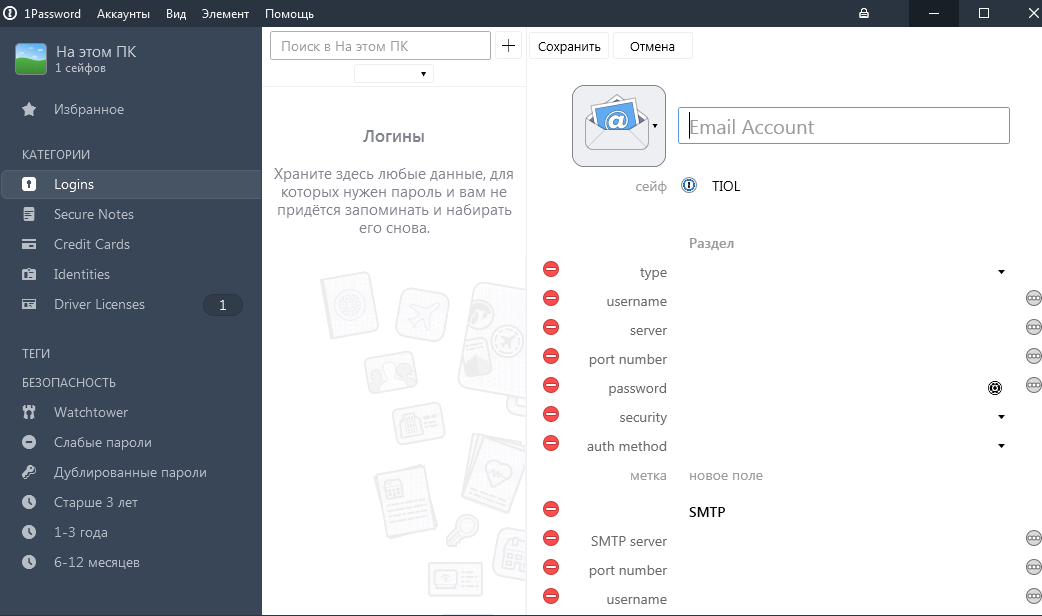
- 1PASSWORD RECOVER SECRET KEY MANUAL
- 1PASSWORD RECOVER SECRET KEY FULL
- 1PASSWORD RECOVER SECRET KEY PASSWORD
- 1PASSWORD RECOVER SECRET KEY WINDOWS
It is an open-source project and is supported by the community. Git Credential Manager is developed primarily by GitHub, Inc.
1PASSWORD RECOVER SECRET KEY WINDOWS
Git for Windows includes Git Credential Manager. This feature is useful whether you use personal access tokens or OAuth. So you do not need to re-authenticate on every push, GCM supports caching as well as a variety of platform-specific credential stores that persist between sessions. To use GCM with self-managed GitLab, see GitLab support.
1PASSWORD RECOVER SECRET KEY MANUAL
GCM supports without any manual configuration. Git Credential Manager (GCM) authenticates by default using OAuth. Subsequent authentication requires no interaction. The first time you authenticate, the helper opens the web browser and GitLab asks you to authorize the app. This is compatible with two-factor authentication. The following Git credential helpers authenticate to GitLab using OAuth. You can use a personal access token instead.
1PASSWORD RECOVER SECRET KEY PASSWORD
When 2FA is enabled, you can’t use your password to authenticate with Git over HTTPS or the GitLab API. Use personal access tokens with two-factor authentication If you set up a device, also set up a TOTP so you can still access your account if you lose the device. This performs secure authentication on your behalf.

You supply your username and password to sign in.
You’re prompted to activate your WebAuthn device (usually by pressing a button on it) when Codes are generated by your one-time password authenticator (for example, a password
1PASSWORD RECOVER SECRET KEY FULL
It has a full page on its site dedicated to explaining how its security works, but the upshot is that it uses advanced encryption to keep hackers away from your passwords. Security-wise, 1Password seems like it has its act together. And while not recommended, you can go into the password manager's settings and extend how long the app or extension will stay unlocked.

That said, the overall experience using 1Password is good: most of the issues described above are no more than minor irritants, and I'd rather have an overzealous password manager than one that sacrifices security for comfort-LastPass once again springs to mind. While I appreciate 1Password's dedication to security, I doubt most of us will lose control over our laptop mid-session. For example, when you start a browser session, you could get a reminder that you should unlock 1Password. Though I understand that this cumbersome process exists to keep your accounts safe, I can't escape the nagging feeling it could be smoothed out a little. On mobile, you'll have to first activate the 1Password app before it prompts you, so keep that in mind. You'll have to unlock it first, and the program takes it from there. Filling out passwords is a bit smoother: if you're on a site 1Password recognizes, you'll get a prompt to have 1Password fill in your credentials.


 0 kommentar(er)
0 kommentar(er)
